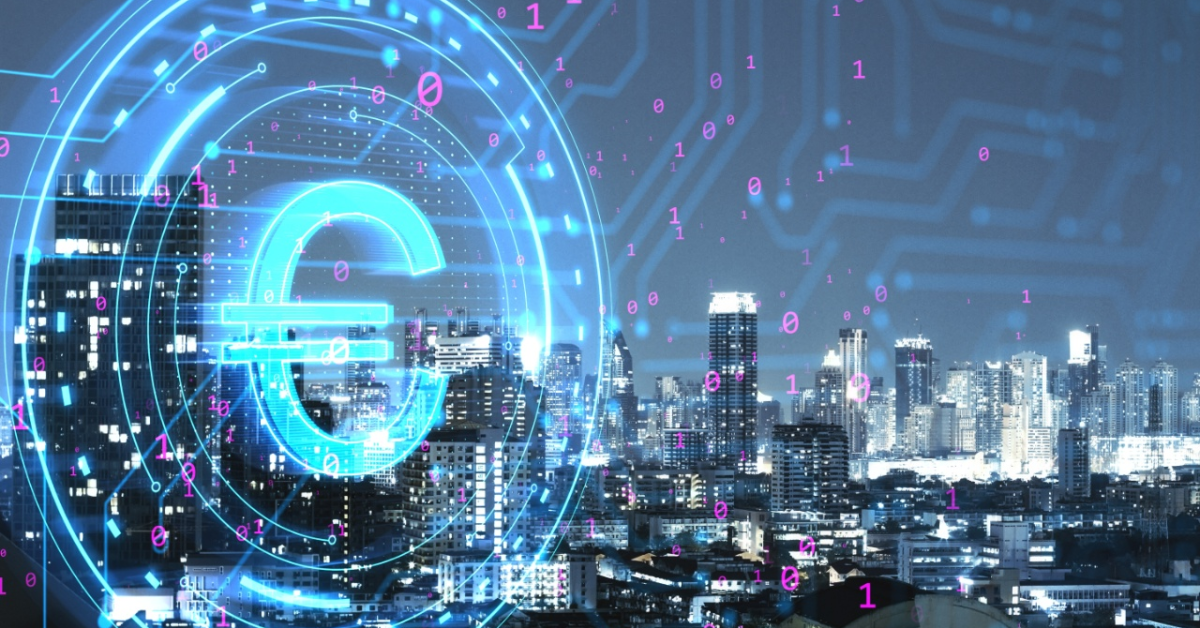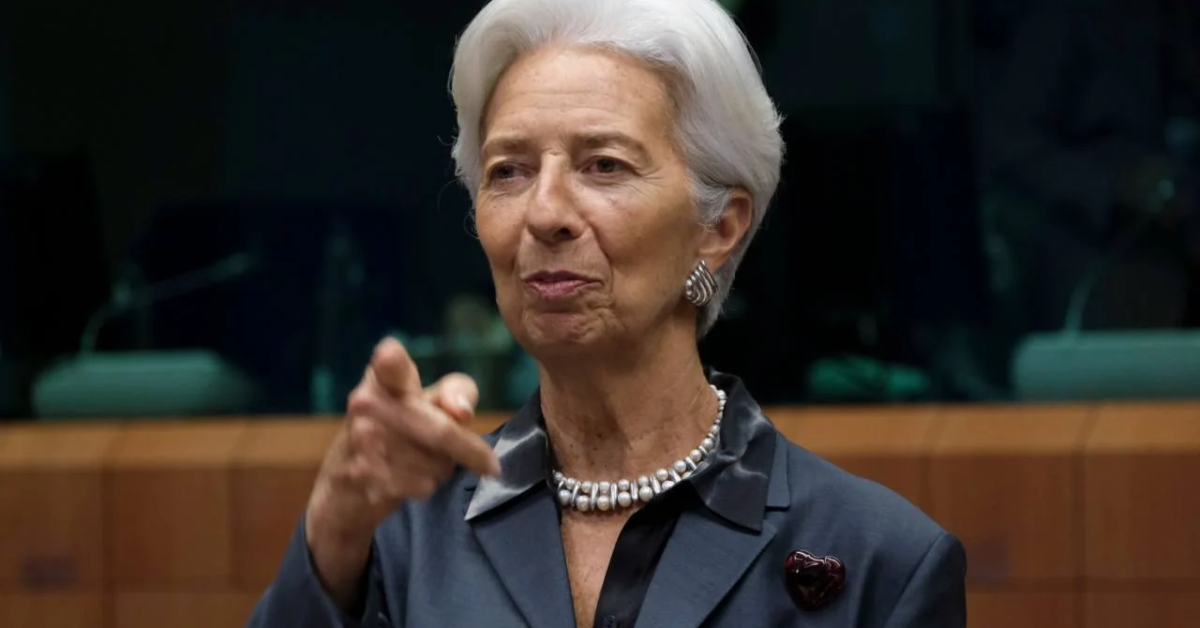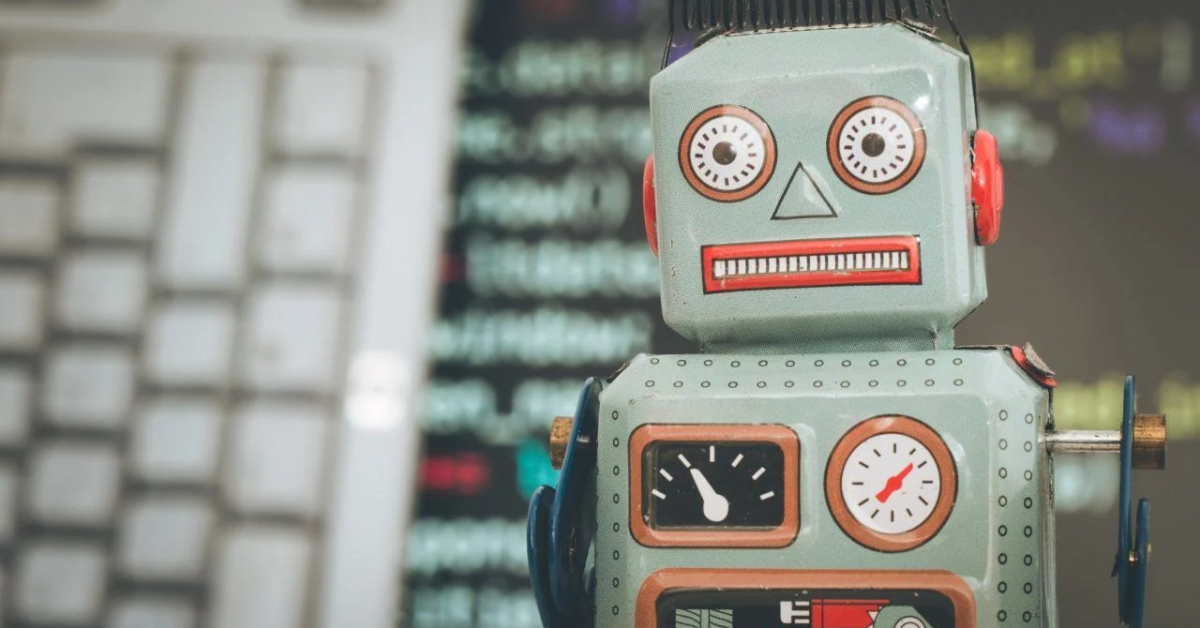Introduction
In an era where cryptocurrencies are revolutionizing the financial landscape, understanding how to secure digital assets has never been more critical. Crypto investors face unique risks, ranging from hacking and scams to regulatory issues. This comprehensive article will delve into the best practices for securing your digital assets, offering actionable insights to protect your investments. From wallet choices and multi-factor authentication to the importance of education and keeping software updated, we will explore the multifaceted approach needed for effective risk management in the crypto space.
Understanding the Basics of Digital Assets Security
What Are Digital Assets?
Digital assets encompass a wide range of online properties, primarily cryptocurrencies such as Bitcoin, Ethereum, and various altcoins. They also include tokens, digital collectibles (NFTs), and any other item that exists in a digital format and has value. As the investment landscape becomes more decentralized, understanding how to secure these assets is paramount.
Why Is Security Important?
Cryptocurrencies are particularly vulnerable to cyberattacks and theft. Each year, millions of dollars are lost due to hacking, phishing scams, and security breaches. The decentralized nature of cryptocurrencies means that once coins are transferred, it is nearly impossible to reverse the transaction or retrieve lost funds. This harsh reality underscores the importance of safeguarding your digital assets.
Best Practices for Securing Your Digital Assets
Choose the Right Wallet
1. Types of Wallets
- Software Wallets: Easy to use and accessible via computers or mobile devices, but more vulnerable to hacks.
- Hardware Wallets: Physical devices designed to store cryptocurrencies offline, making them less susceptible to online threats.
- Paper Wallets: Printed out QR codes that store your private keys offline completely; however, they are less user-friendly and can be easily destroyed.
Hardware Wallets – The Gold Standard
Hardware wallets are often regarded as the safest option for long-term storage of cryptocurrencies. Devices like Ledger and Trezor offer advanced encryption and are resistant to malware attacks. They function as a safe haven for private keys, ensuring that your assets remain impervious to online vulnerabilities.
Implement Two-Factor Authentication (2FA)
Key Benefits of 2FA:
- Adds an extra layer of security beyond just a password.
- Makes it harder for hackers to access your accounts without physical control of your device.
- Most crypto exchanges and wallets now offer 2FA options via SMS or, more securely, through authentication apps like Google Authenticator or Authy.
Use Strong Passwords and Password Managers
A strong password is your first line of defense. Make sure your passwords are:
- At least 12-16 characters long.
- A mix of uppercase, lowercase, numbers, and symbols.
- Not reused across different accounts.
Password Managers: Using a reliable password manager can help you manage and generate strong passwords without the need to remember each one. This ensures that even if one account gets compromised, others remain safe.
Beware of Phishing Attacks
Tips for Avoiding Phishing:
- Never click on links or download attachments from unknown sources.
- Always verify the website URL before logging in (look for HTTPS and the correct domain name).
- Be cautious of unsolicited communications claiming to be from exchanges or wallet providers asking for sensitive information.
Keep Your Software Updated
Updating your software, including wallets, authentication apps, and antivirus programs, is crucial. Software updates often include patches for vulnerabilities that hackers exploit. Schedule regular updates for your devices and ensure that you are operating on the latest versions.
Diversification and Risk Management
Spread Your Investments
Investing in a diverse portfolio can mitigate risks. Key Points:
- Don’t put all your funds in one cryptocurrency.
- Consider investing in different asset classes, including stocks, bonds, and real estate.
- Ensure liquidity for emergency funding needs.
Regularly Review Your Portfolio
Conduct regular reviews of your crypto holdings to assess performance and market changes. This not only helps in making informed decisions about buying or selling but also encourages continued engagement with your investments.
The Role of Education in Crypto Security
Stay Informed About New Threats
The cryptocurrency landscape is constantly evolving, as are the tactics used by malicious actors. Subscribing to credible news sources, following security blogs, and joining online communities can keep you in the loop about possible threats and vulnerabilities.
Learning from Past Breaches
Studying previous security breaches can offer valuable lessons. Cases like the Mt. Gox hack in 2014 and more recent events should be analyzed to understand how and why they occurred, helping investors make better-informed decisions moving forward.
Utilize Resources from Security Experts
Organizations like the Cybersecurity & Infrastructure Security Agency (CISA) provide guidelines on protecting digital assets. Utilizing such resources can offer deeper insight and precautionary tips from seasoned professionals.
Conclusion
Securing your digital assets requires a proactive and multifaceted approach. By implementing the above best practices and continuously educating yourself on the ever-changing landscape of cryptocurrency security, you can significantly reduce the risks to your investments. Remember, in crypto, safety is a continuous journey, not a destination.
Stay aware, stay secure, and invest wisely. For more information on crypto security and best practices, visit CoinTelegraph.
Further Resources
- Cybersecurity & Infrastructure Security Agency (CISA)
- Ledger and Trezor official sites for hardware wallets
- Google Authenticator
- Authy
- A book on cryptocurrency security: “Mastering Bitcoin” by Andreas M. Antonopoulos






